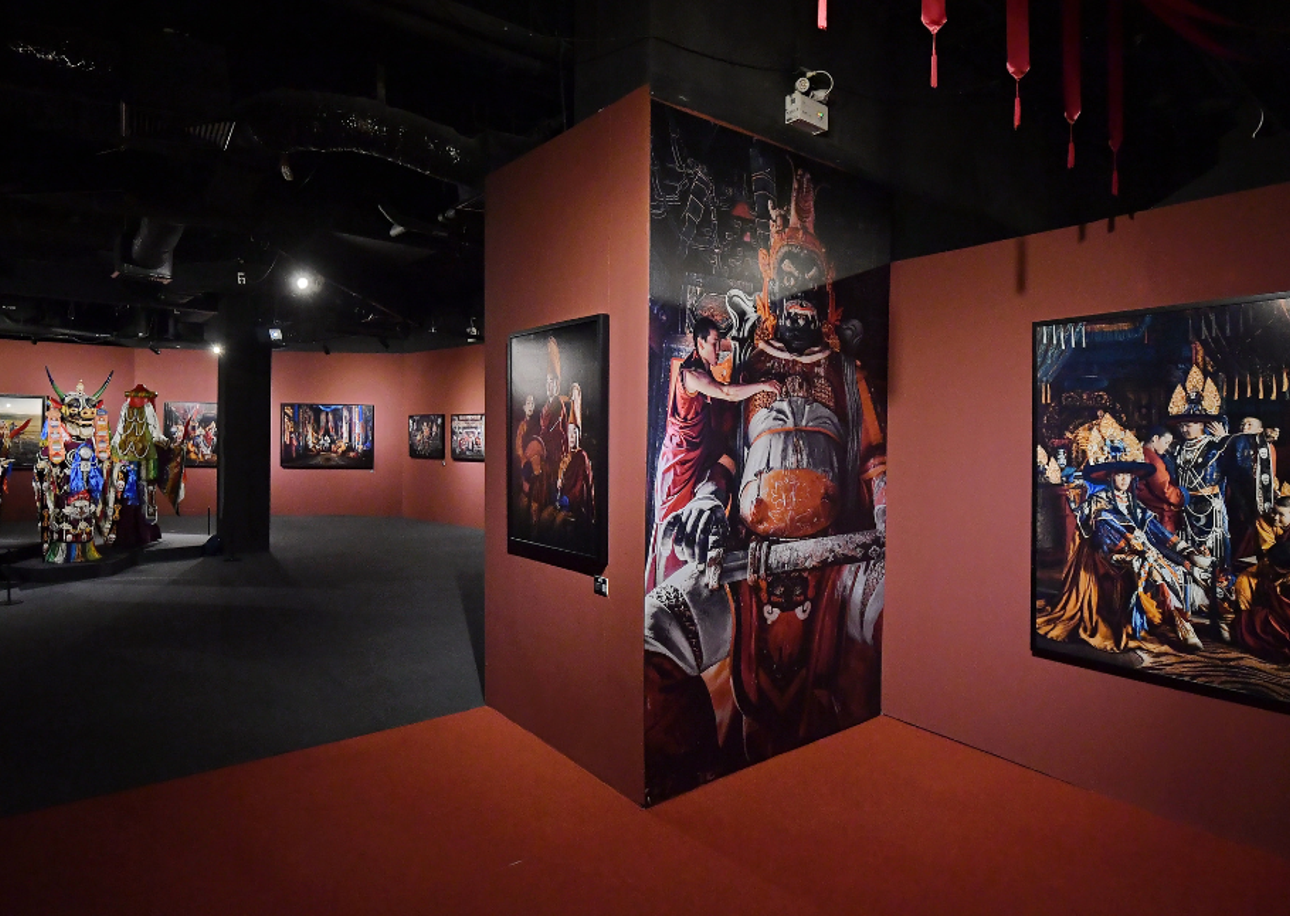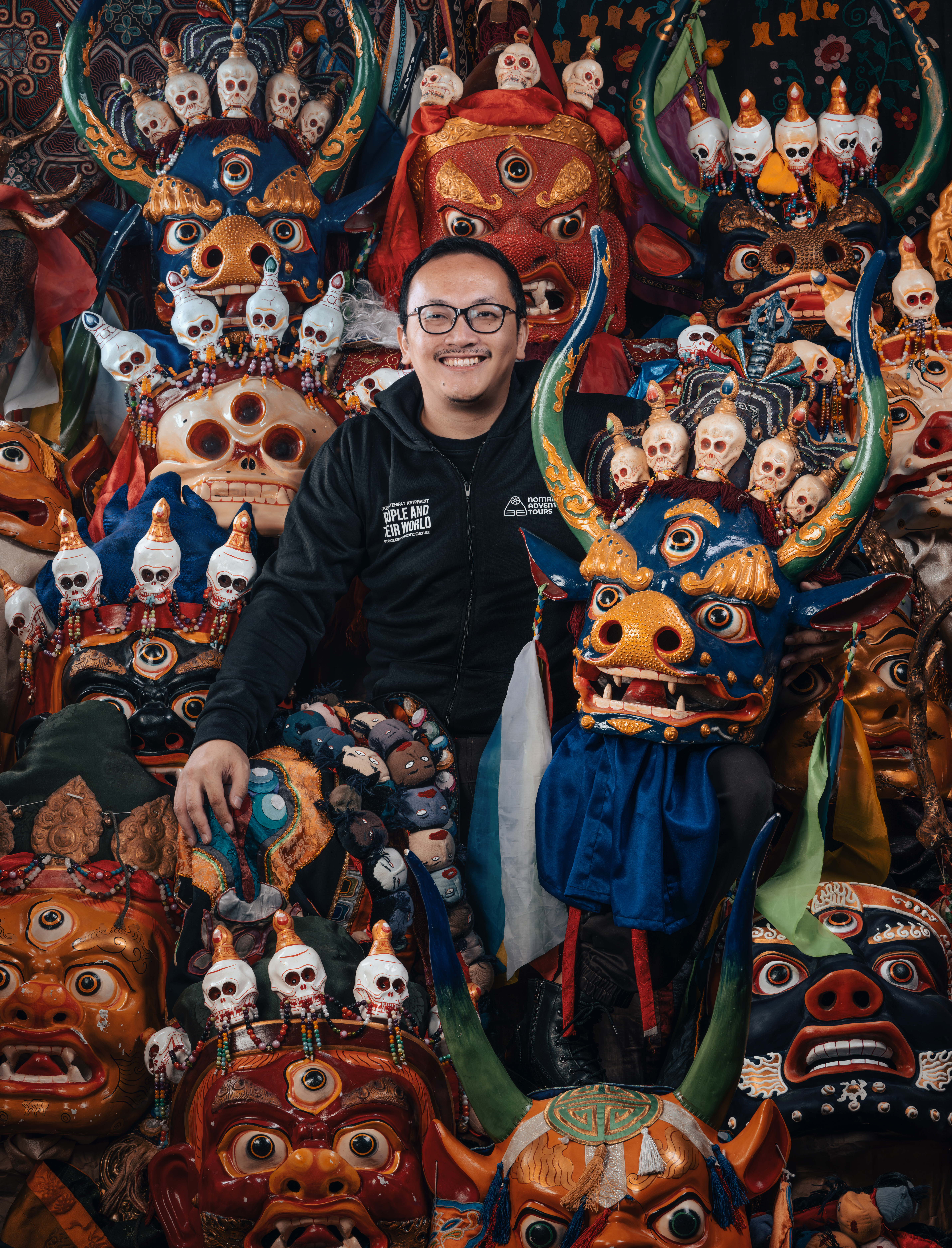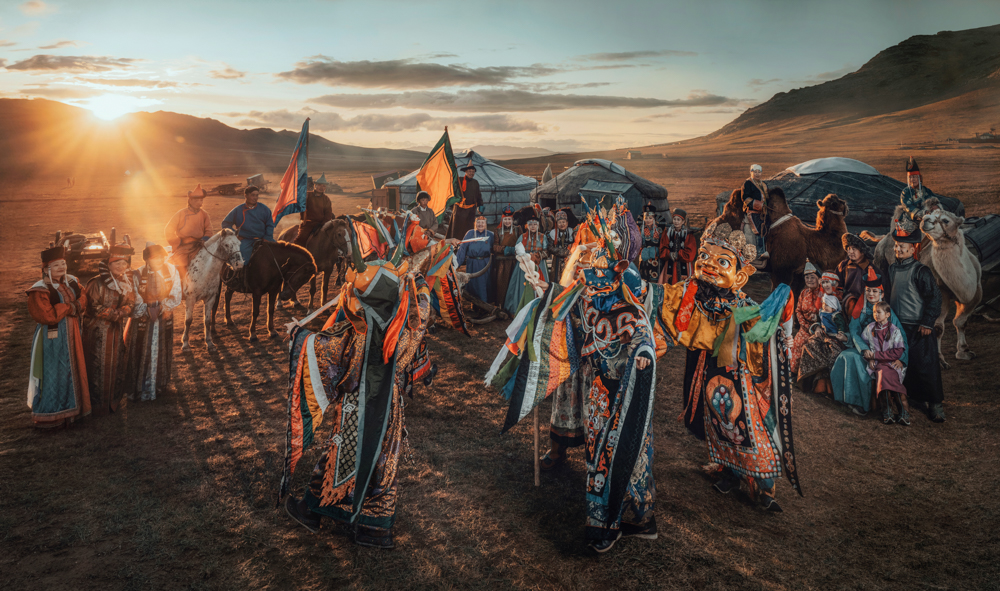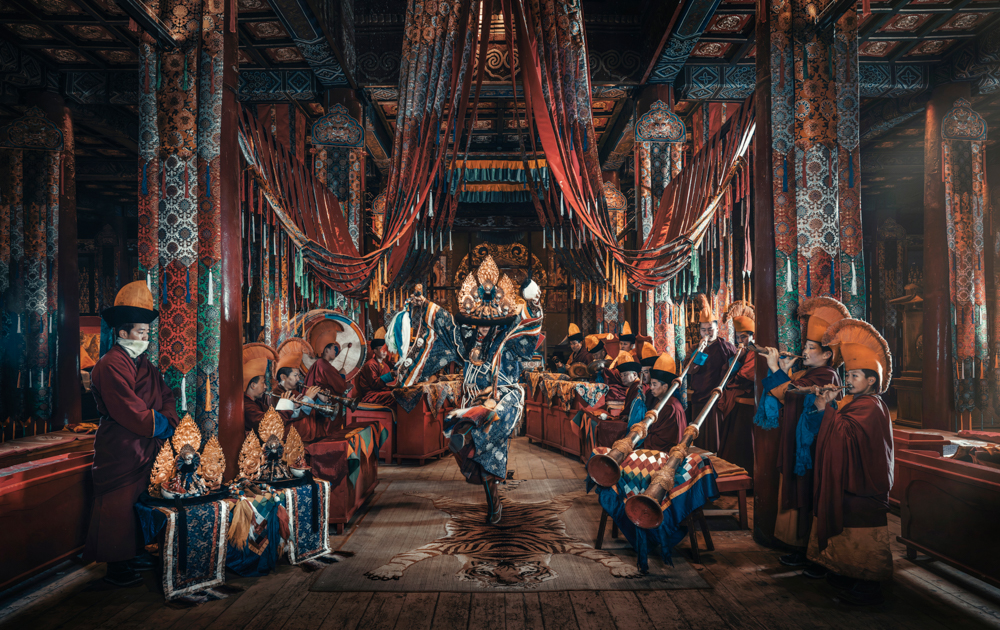How The Netherlands Became World’s First Country With No Stray Dogs on the Streets
Pets, as cherished members of our families, deserve rights and protections that ...

River City Bangkok presents “People and Their World: Tsam – The Dance of Gods,” a photography exhibition by Jatenipat Ketpradit (JKboy), a Thai photographer with a deep fascination for the stories of tribes and cultures around the world. In this exhibition, JKboy takes people on a journey to a remote, ancient palace hidden in the Mongolian mountains, over 300 years old where attendees will have the chance to witness the sacred and enigmatic Tsam masked dance, a ritual that venerates ancient deities through dance, music, and incense to dispel malevolent forces.
The Tsam masked dance holds immense significance in Vajrayana Buddhism, having its roots in the Tibetan region during the 8th century. Over time, it found its way into Mongolia, where it melded with local culture, resulting in the unique and distinct Khuree Tsam. The River City exhibition offers a collection of photographs taken by JKboy during his visits to the Amarbayasgalant Monastery, the Mask Museum of Mongolia, and other cultural sites in Mongolia during the summers of 2022 and 2023.
Jatenipat Ketpradit, also known as JKboy, is a professional photographer and adventurer who explores the beauty of diverse ethnicities and cultures in remote areas worldwide. With a special focus on portraits and culture, JKboy conveys the stories of various ethnic groups, emphasising their language, culture, and way of life.
His dedication to understanding different tribes and their beliefs has led him to live among these communities, allowing him to capture genuine emotions and convey the beauty of their cultures. Through his project “People and Their World,” he records history and culture as anthropological evidence, serving as a medium for various tribes to communicate their messages to the world.

Jatenipat Ketpradit, also known as JKboy
JKboy’s work has garnered international recognition, earning him top prizes in prestigious competitions worldwide. His photography has been exhibited in countries France, Italy, Germany, America, and China, and featured in renowned publications such as Lonely Planet, National Geographic, and The Guardian. Currently, Jatenipat holds the title of Cultural Envoy of Mongolia, as conferred by the Ministry of Foreign Affairs, and has been extended invitations to serve as a judge in various global photography competitions, including the 34th edition of the Nikon Photo Contest 2022-2023 and The International Portrait Photographer of the Year 2023.
The Tsam dance, a significant aspect of the ritual, traces its roots back to Tibet but has evolved in Mongolia, reflecting the unique culture and craftsmanship of the Mongolian people. This dance incorporates elements from local legends, epics, and Manchu shamanism, resulting in a distinct Mongolian version of the Tsam masked dance.

The journey to Amarbayasgalant Monastery in Mongolia provides an opportunity to explore the rich history of the Tsam dance. This 300-year-old Buddhist Vajrayana temple, known for its sacred “mask dance,” remains a well-kept secret, hidden from the outside world. JKboy’s opportunity to visit the temple was a stroke of fate, facilitated by the Minister of Education and Science of Mongolia, who was also the main patron of the Amarbayasgalant Monastery. The Tsam dance, known as “Tsam” in Mongolia, has deep roots in Tibetan Buddhism. It combines dance, music, and intricate costumes, all deeply grounded in Buddhist philosophy.
The costumes and masks worn during the Tsam dance are of significant importance. Each mask is considered a vessel for a divine deity and is treated with utmost reverence. These masks do not have eye holes, as they are believed to house the gods themselves, requiring the dancers to look out from the mouth of the mask. The Tsam dance is not merely a theatrical performance; it is a sacred ritual designed to confront and purify the environment, ward off diseases, and eliminate negative influences.
Amarbayasgalant Monastery, also known as the “Monastery of Peace,” is one of the three largest monastic centres in Mongolia. Located in the Oven Valley, it was built between 1727 and 1737 and dedicated to Zanabazar, a prominent Buddhist leader and sculptor. During the communist purge led by Stalin in 1937, Amarbayasgalant Monastery miraculously survived the destruction of many other monasteries and statues.
Vajrayana Buddhism, particularly the Gelukpa or Yellow Hat sect, plays a significant role in Mongolia. The Gelukpa sect emphasises education, morality, logic, and Buddhist philosophy. The central temple of this sect is the Drepung Temple in Lhasa, Tibet. The Yellow Hat sect’s monks are known for wearing distinctive yellow hats during ceremonies.

The Tsam dance is a complex art form rooted in religion and culture. It combines dance, chanting, and meditation to convey a unified spiritual message. While the Tsam dance is a visually stunning performance, it is deeply rooted in the Tantric tradition and has a profound religious significance. The mask dance is a sacred ritual that follows specific guidelines and is accompanied by Buddhist prayers and chants.
In the past, families in Mongolia would send their sons to live in monasteries or Buddhist schools to study Vajrayana Buddhism, rather than risk them becoming government officials or servants. This practice created a symbiotic relationship between the local community and the monasteries, where families provided support in the form of food, clothing, and other supplies to the monasteries in exchange for educating their sons. This practice continued until the 1930s, when many monasteries were destroyed during the Communist regime.
The Tsam masked dance in Mongolia faced near extinction in the 20th century but was revived by Gankhuyag Natsag (GanNa), a distinguished national artist and expert in arts and rituals. He spent a decade restoring and recreating the original Tsam masks, which are now showcased in significant temples and national museums, preserving the tradition for future generations.
JKboy’s remarkable photographs and the rich history of the Khuree Tsam at Amarbayasgalant Monastery provide an insight into this ancient tradition. The exhibition serves as a reminder of the cultural and spiritual significance of the Tsam dance, and the dedicated efforts to preserve this unique Mongolian heritage for generations to come.
Pets, as cherished members of our families, deserve rights and protections that ...
These top 5 barber shops in Bangkok are where gentlemen can elevate ...
Sailorr and Molly Santana’s black grills fuse hip-hop swagger with homage to ...
Wandering around the globe, try out the signature tastes of cultures across ...
Once punk was a middle finger to the establishment, with Vivienne Westwood ...
You’ve seen their art, but do you know the pain behind it? ...
Wee use cookies to deliver your best experience on our website. By using our website, you consent to our cookies in accordance with our cookies policy and privacy policy